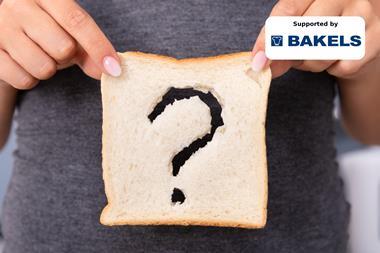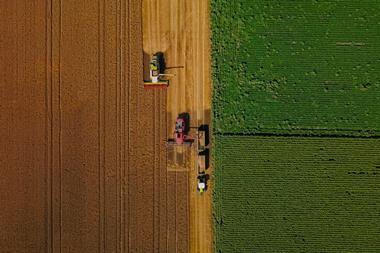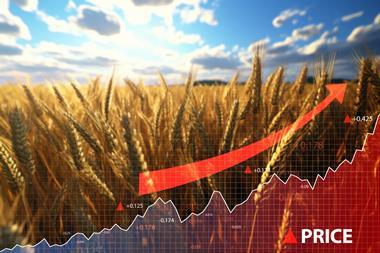Gluten is the protein matrix that confers unique viscoelastic properties to the dough.
As a result, the gases produced by the yeast are more easily lost in gluten-free (GF) bread, resulting in a loaf with lower volume and cell structure.
No ingredient can create that same gluten matrix, but starches or GF flours can be added to recipes to make the batter consistency of the GF bread mixes more suitable to holding gas.
Some of the most-used starches are tapioca, potato and rice. Their gelling, thickening and moisture retention characteristics provide structure and texture to the breads.
HPMC, xanthan and guar gums also confer viscoelastic properties, while the nutritional content can be improved with dietary fibres.
Starches and gums need significantly more water to thicken and gelatinise, so levels can range from 90% up to 130% on flour content, which compares with 60% to 65% for wheat flour.
Alba Hernandez-Beltran, bakery scientist, Campden BRI
Campden BRI provides technical support to the food, drinks and allied industries worldwide. Its activities are built on a programme of industrial relevant research and innovation steered by industry. See campdenbri.co.uk or telephone 01386 842000





























No comments yet